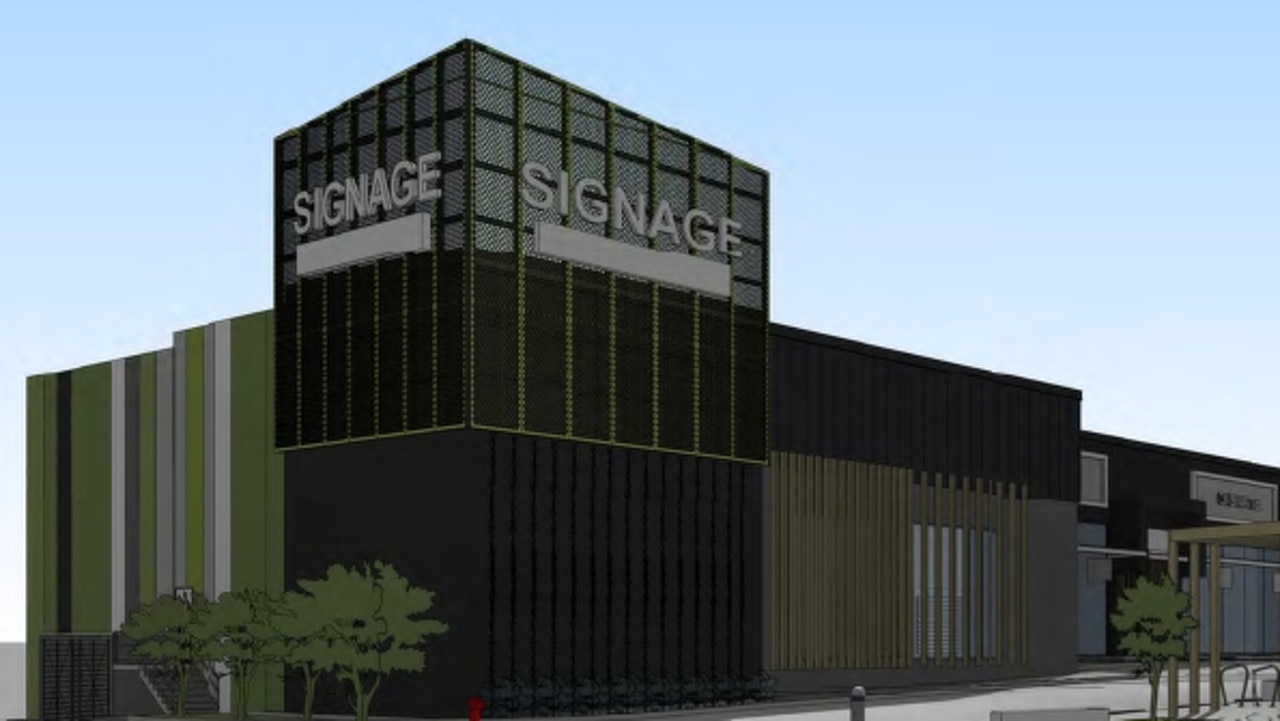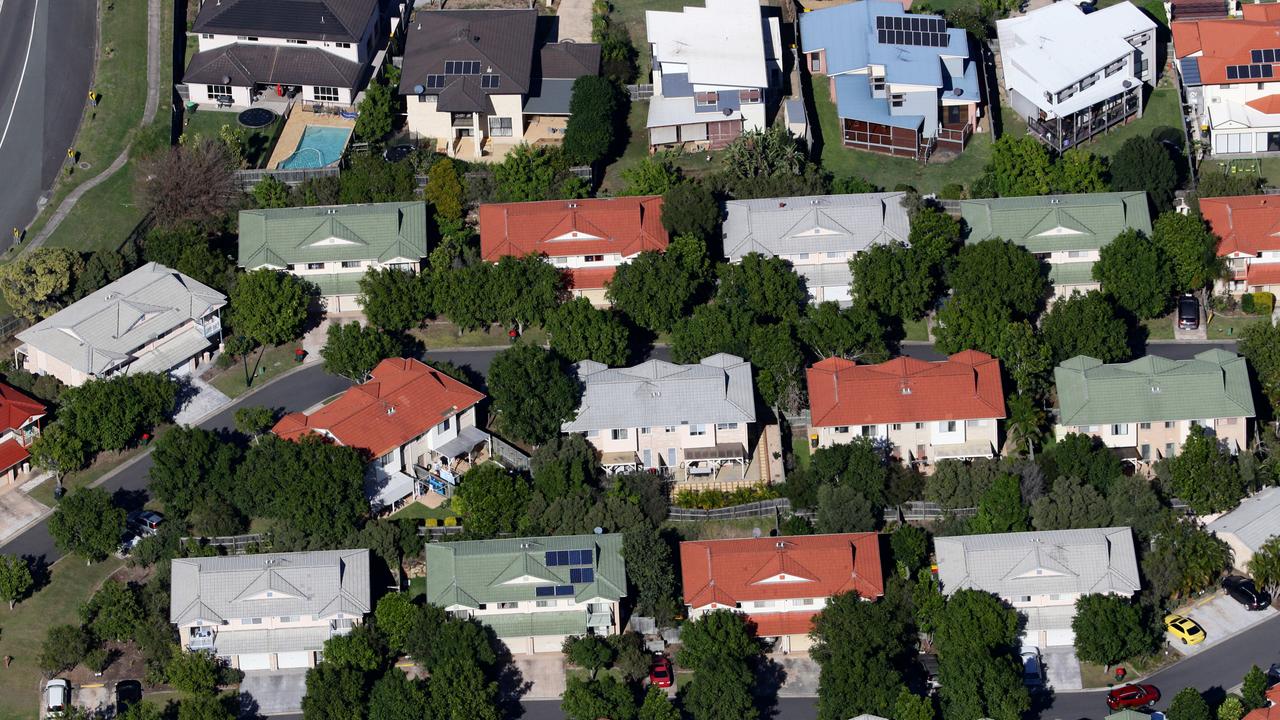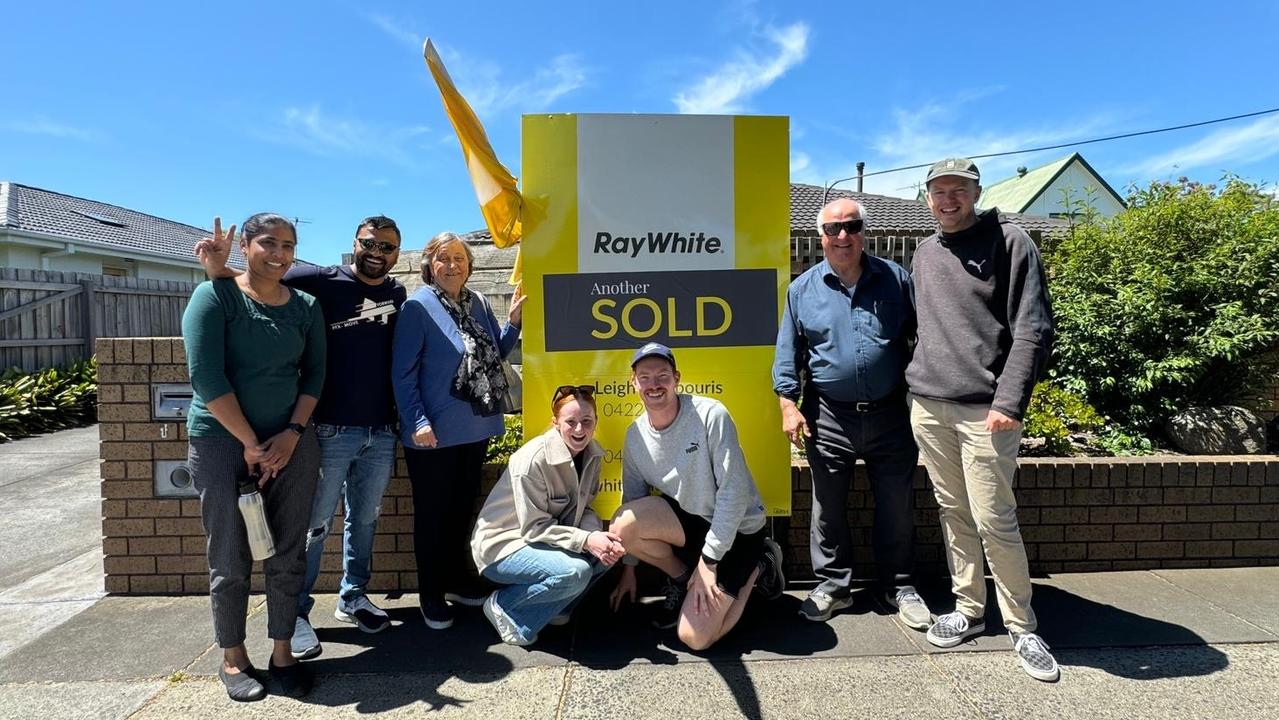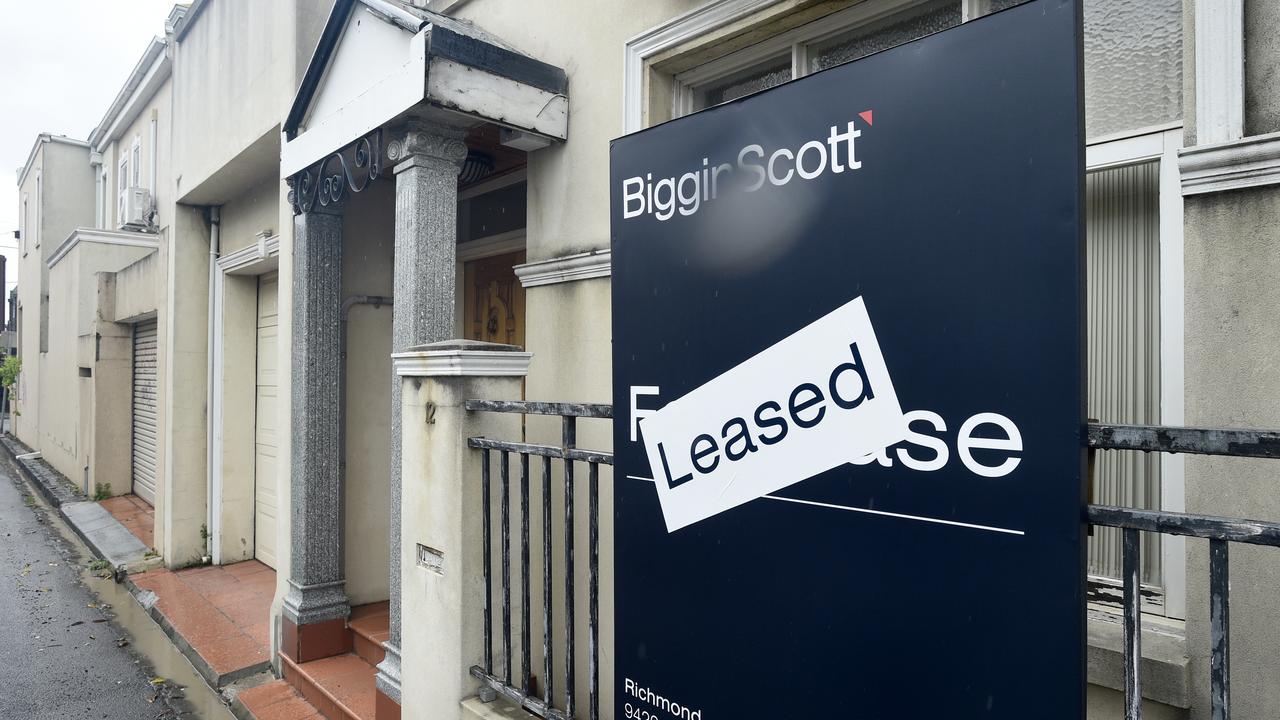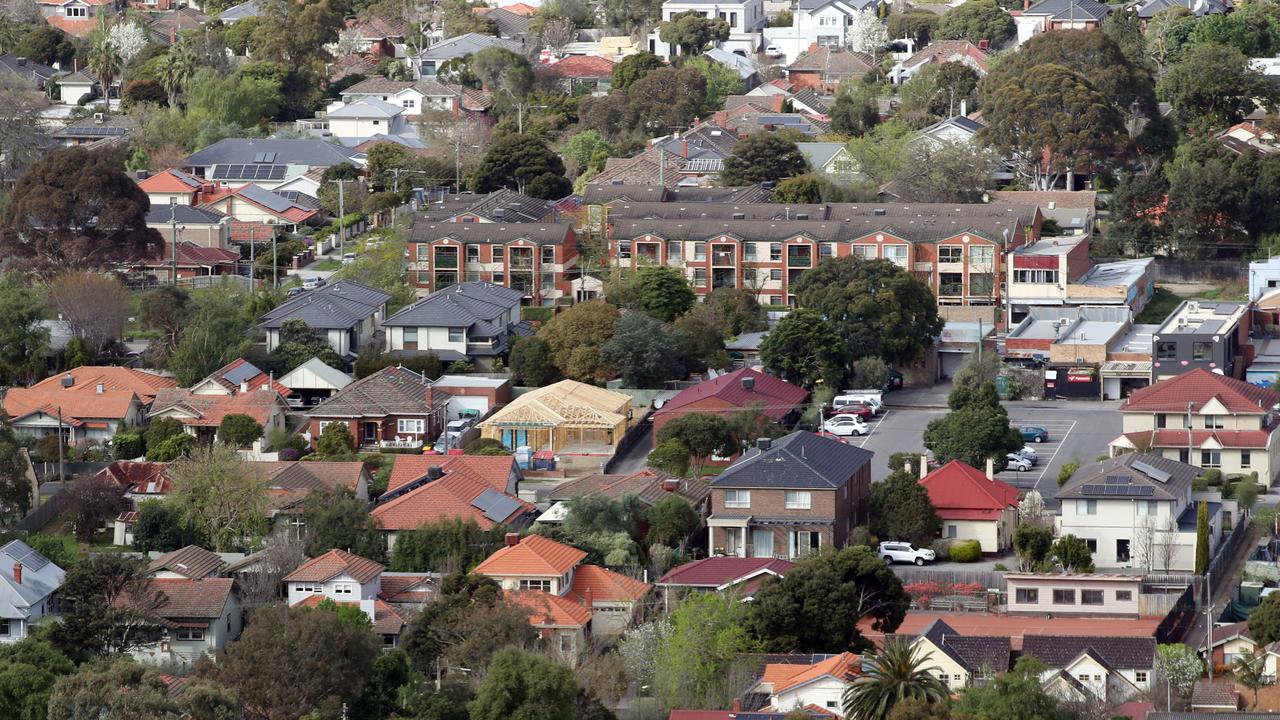Building costs soar as offsite workers demand same pay rise as CFMEU members
A 26 per cent pay jump for CFMEU workers is having a domino effect, with shop floor workers demanding the same wages as site workers, pushing building costs sky-high.
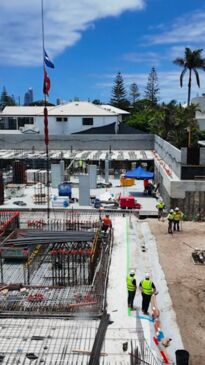
Property
Don't miss out on the headlines from Property. Followed categories will be added to My News.
Queensland building and renovation costs are skyrocketing as small businesses are forced to pay their workers union rates, including tradies working off site.
A 26 per cent pay jump for CFMEU workers negotiated earlier this year is having a domino effect, with shop floor workers such as joiners and glass-cutters demanding the same wages and benefits as site workers.
Small builders are being faced with the choice of having to pay staff the same rates as bigger, unionised builders, or risk going bust, with another 139 construction related insolvencies in the June quarter alone in Queensland.
Home buyers are bearing the brunt of the increasing costs, with the price of an average two-bedroom apartment in Brisbane now $1.3m, according to construction advisory firm, Slattery.
“The Fair Work Commission has ‘closed loopholes’, which means labour hire contractors must be paid no less than the same pay rate they would receive under the employer’s enterprise agreement,” Slattery’s executive director, Qld, Richard Kemp said.
“In some cases, contractors will be required to consult with the CFMEU when they engage
subcontractors to ensure they are paid at least the CFMEU EBA rate. We have already seen this translate to increases in pricing.
“Previously, it was just the people on site who were covered under EBAs, but now (shop floor workers) are getting similar terms to tradies.
“It means if you need to get a kitchen made, where the labour component once took 100 hours at $100 an hour, in two years’ time it will be 100 hours at $110. On top of that, you’ve got the cost of materials.”

Mr Kemp said the knock-on effect was that wages for labour across the board — unionised or not — were being dragged up because of the huge competition for labour.
“The outcome is when wages go up, prices go up,” he said.
“Labour is circa 35 to 45 per cent of a project cost, depending on the type of project.
“The reality is, we’re somewhere between 25,000 to 35,000 tradies short.”
Mr Kemp said the cost of an average 85 sqm, two-bedroom apartment in Brisbane was now $1.3m.
“There’s not too many people who can afford that,” he said. “The whole industry is under stress and it’s very, very hard to get projects to stack up.
“The only projects that will stack up are the ones sitting on the river, but that’s not going to help 30-year-old mums and dads with one kid trying to get into the market.”
Slattery forecasts an average 4 to 6 per cent increase in construction costs for Brisbane for the remainder of 2024, but states those costs are likely at the higher end of the range.
“We expect any current market capacity to be short lived, as billions of dollars of public infrastructure projects begin to break ground,” Mr Kemp said.
“Costs currently sit at around 4-6 per cent, but that disguises the reality that most costs are at the higher end and trending upwards.”
In its latest construction market report, infrastructure and design consultancy, Arcadis, forecasts Brisbane will experience a construction cost escalation of 5.2 per cent over 2024.
ASIC figures show there were 139 construction related insolvencies in Queensland in the June quarter — 47 in June alone.
“There’s a growing risk of supply chain failure, with 2023 insolvencies 42 per cent higher than the previous year,” the report states.
“This has turned traditional supply and demand dynamics on their head — despite new work being thin on the ground, contractors are becoming increasingly selective of the projects they take on, to avoid any risk, meaning clients are finding they have less leverage, despite the falling market.”
Under the Homes of Queenslanders plan, the state government aims to deliver a million new homes by 2048 and 53,500 new social homes by 2046.
A new report released by the Queensland Council of Social Services (QCOSS), led by UNSW Sydney Professor Hal Pawson and the City Futures Research Centre at UNSW Arts, Design & Architecture, found housing stress in Queensland was worse than in any other state.
The report reveals increased house prices and new tenancy rents in Queensland have outpaced the rest of Australia since the start of the pandemic.
UNSW Sydney professor Hal Pawson said Brisbane property prices had increased by 65 per cent since 2020, almost double the Australian capital city average (34 per cent).
Across the state, new tenancy rents also climbed faster than across the nation, rising by 45 per cent over the same period, the report found.
Since 2020, the number of new lettings at rents affordable to low-income households in the state has fallen from 23 per cent to just 10 per cent of all private tenancies.
In March this year, less than one per cent of all available rentals were affordable to a single person earning minimum wage.
“With the market in its current state, it is renters and recent first home buyers who are going to be at the sharp end,” Prof Pawson said.
“Unfortunately for some, the conditions can mean being pushed into homelessness.”
Originally published as Building costs soar as offsite workers demand same pay rise as CFMEU members


